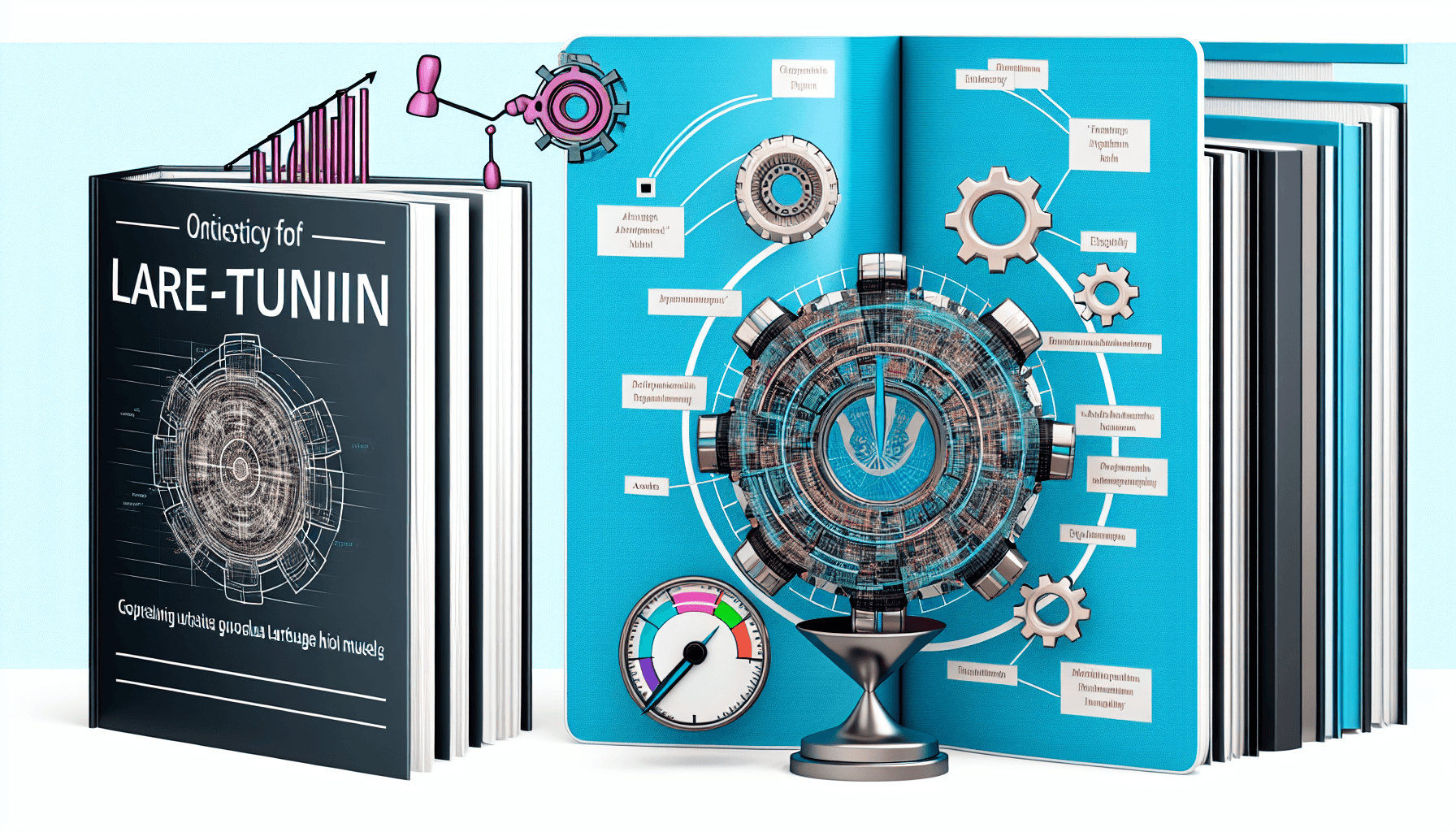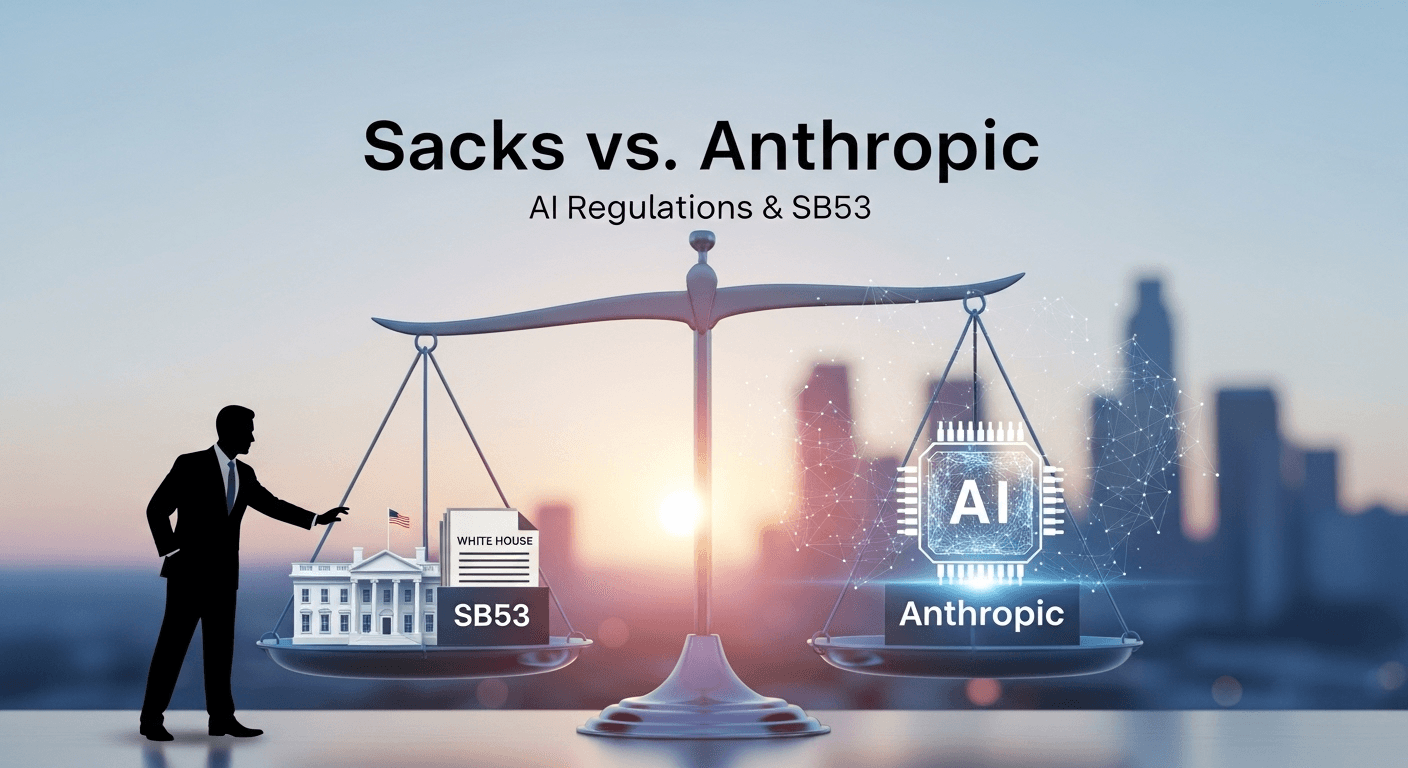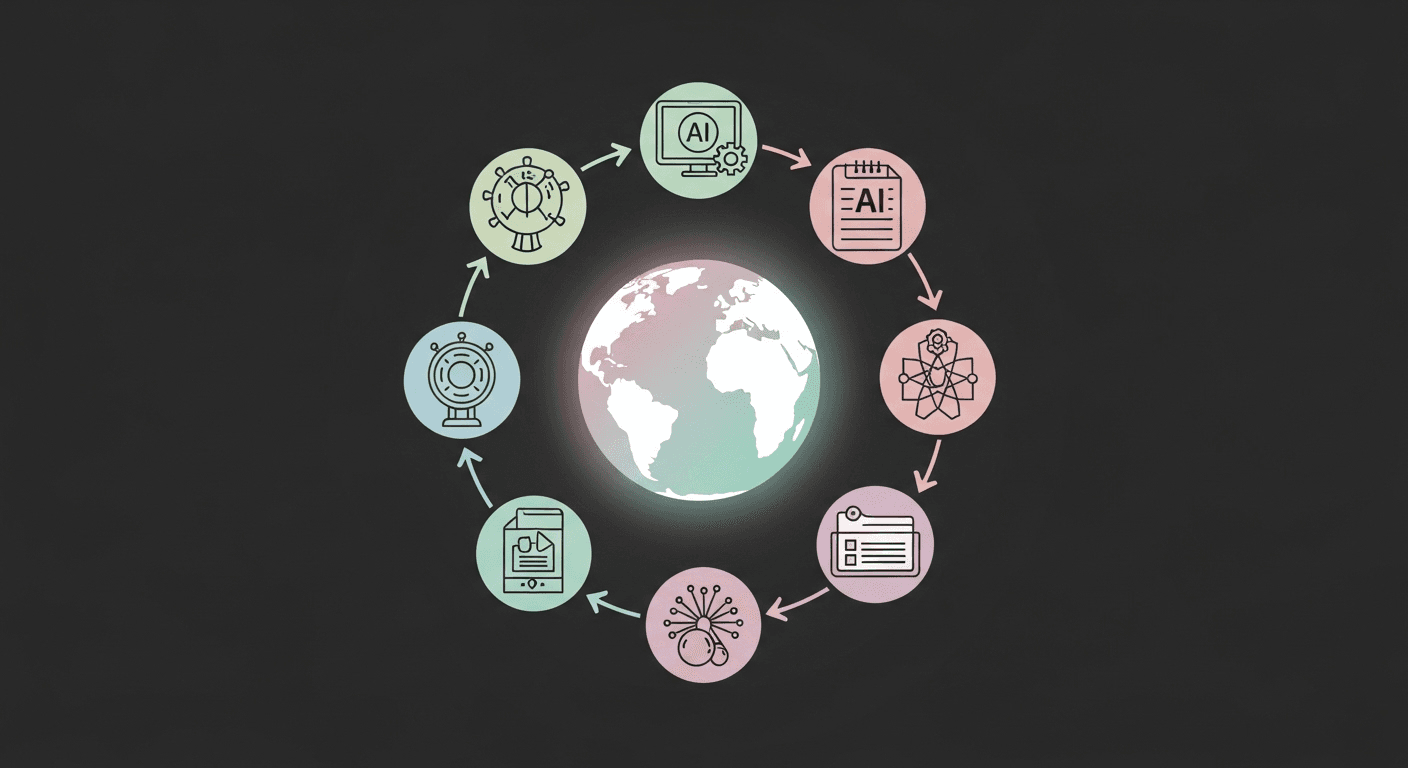Mastering the Art of Fine-Tuning LLMs for Specialized Applications

Welcome to our detailed guide on fine-tuning Large Language Models (LLMs) for specialized tasks. As artificial intelligence continues to evolve, tailoring these advanced models to specific applications can greatly enhance performance and deliver more targeted results. In this blog, we’ll delve into how you can customize LLMs like GPT-3, BERT, or others for niches ranging from legal services to healthcare analytics and beyond.
Understanding LLMs and Their Capabilities
Before we dive into fine-tuning processes, it’s crucial to understand what LLMs are and what they are capable of. Large language models (LLMs) like OpenAI’s GPT (Generative Pre-trained Transformer) and Google’s BERT (Bidirectional Encoder Representations from Transformers) are designed to understand and generate human-like text by predicting the probability of a sequence of words. This makes them incredibly powerful for a number of tasks, including content creation, conversation generation, and language translation.
The Importance of Fine-Tuning for Specialized Tasks
Fine-tuning is a critical step in adapting an LLM to perform efficiently on a specific task or domain. Unlike general application, where the model performs adequately across a broad spectrum, specialized tasks require the model to understand and process jargon, nuances, and unique attributes of a particular field. By fine-tuning your LLM, you ensure that it not only understands the text within the context of that field but also delivers outputs that are contextually relevant and practically applicable.
Preparation for Fine-Tuning
Before starting the fine-tuning process, it’s imperative to gather and prepare the right kind of data. This involves:
- Identifying and collecting text datasets that are representative of your specialized task.
- Cleaning and processing these datasets to eliminate errors and irrelevant information.
- Breaking down the datasets into training, validation, and testing sets to optimize the learning process and prevent overfitting.
Choosing the Right Tools and Infrastructure
Choosing the appropriate tools and infrastructure is vital for efficient model training and fine-tuning:
- Hardware: Adequate computational resources, such as GPUs or TPUs, are essential for handling extensive computations required during training.
- Software: Utilize frameworks and libraries like TensorFlow, PyTorch, or JAX that support LLM architectures and provide flexibility for fine-tuning.
- Data management tools: Tools that help manage and streamline your data pipeline are critical for efficient fine-tuning.
Implementation of Fine-Tuning
The fine-tuning process generally follows these steps:
- Loading the pre-trained LLM and the prepared datasets.
- Adjusting the model’s hyperparameters such as learning rate, batch size, and number of training epochs.
- Training the model on your specific data, monitoring the performance to ensure it’s learning effectively.
- Evaluating the model using the validation and test sets to check for generalization and relevance.
Evaluation and Iteration
Assessing the performance of your fine-tuned LLM is crucial. Use metrics such as accuracy, precision, recall, and F1-score to measure how well your model performs on the specialized task. If the results aren’t satisfactory, it might be necessary to iterate on your model with different parameters, more data, or extended training periods.
Practical Applications and Case Studies
To provide practical insights, consider exploring various case studies where fine-tuning LLMs has led to significant performance enhancements in specific industries. Industries such as finance, healthcare, and legal services have benefitted from tailored LLM applications that better understand and interpret industry-specific documents and interactions.
Final Thoughts
In conclusion, fine-tuning LLMs for specialized tasks is both an art and a science that involves meticulous planning, preparation, and execution. By following the steps detailed in this guide, you can enhance the effectiveness of your LLMs and develop solutions that are not only accurate but are also deeply aligned with the specific needs and nuances of your industry.
Embark on your journey to fine-tune your large language model and unlock the full potential of AI in your specialized field today.
Thank You for Reading this Blog and See You Soon! 🙏 👋
Let's connect 🚀
Latest Blogs
Read My Latest Blogs about AI

Sacks vs. Anthropic: The High-Stakes Battle Over AI Regulations, Regulatory Capture, and California’s SB53
White House adviser David Sacks accuses Anthropic of manipulating AI rules. We explore SB53, the regulatory capture debate, and its implications for startups and federal policy.
Read more


